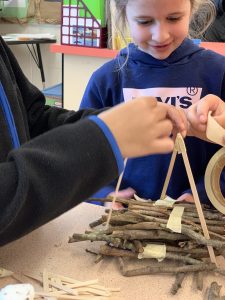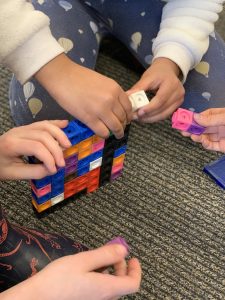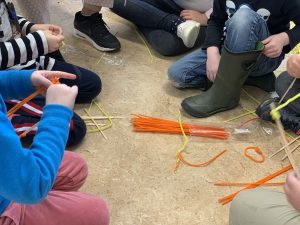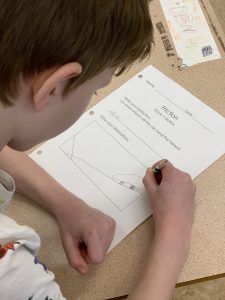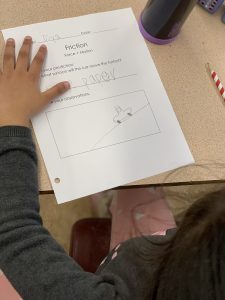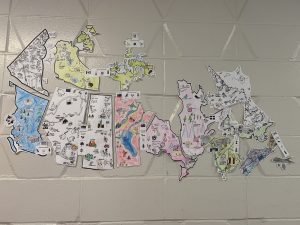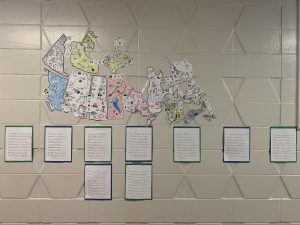Which house will be able to remain standing against the FORCE of the Big Bad Wolf?
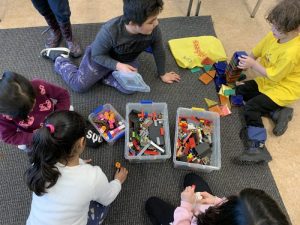
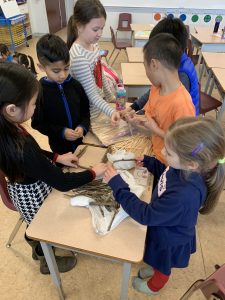
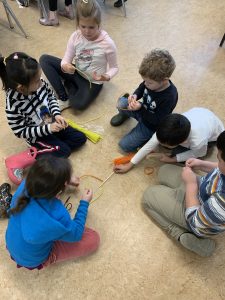
Yesterday was our first day of construction!
Students were assigned to groups and were given the medium that they will be using to construct their ‘Little Pig’s House’ (a) straw house (b) stick house or (c) a brick house. Students are working together in their group with the purpose of constructing a house that can successfully stand up against the FORCE of the Big Bad Wolf from blowing their house down. The force of the wolf will be a blow dryer. Each group has collaboratively come together to generate a plan for how they will combat the force.
Groups continue to work on their effective communication skills, the ability to respectfully listen to others and their ideas and perspectives as well as actively participate in this group activity/challenge.
Stay tuned for the results of when the Big Bad Wolf comes for a visit!
